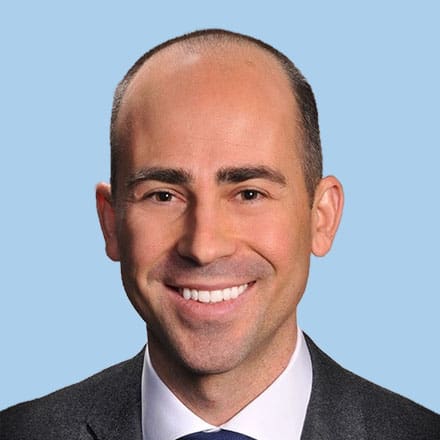Inside Angle
From 3M Health Information Systems
Invest in community health (workers)
The value of community health workers (CHWs) is finally being recognized here in the U.S. This cadre works to approximate and glue together the pieces of our fragmented health care system, with the potential for an extraordinary impact, or rather return-on-investment.
The CHW has a diverse daily task list. They might check a patient’s blood pressure, connect the patient to a local transportation resource or promote adherence to a complicated human immunodeficiency virus (HIV) or tuberculosis medication regimen.
While their educational backgrounds vary, the most critical commonality among community health workers is this: they know their communities.
In the mid-2000s, CHWs were elevated through the need for task shifting to combat HIV/AIDS around the world. There are still severe shortages of health workers, especially in low-income countries, so the CHW, in its many configurations, functions as an essential member of the health care team.
The Health Extension Workers (HEW) in Ethiopia are female high school graduates recruited from their villages (kebele) and, after a one-year training, they are paid to co-manage a health post serving up to 5,000 patients. The HEW have proven to bolster HIV testing, early malaria management, immunization coverage and latrine usage.
Each CHW connected with The AIDS Support Organization in eastern Uganda cares for roughly 100 patients in nearby villages, with the support of several expert patients. The CHW checks in on patients periodically, educating on the importance of daily antiretroviral therapy and regular HIV viral load testing. If a patient falls ill, the CHW addresses the problem themselves or directs the patient to the nearest health center. If the patient misses a follow-up appointment, the CHW checks in on the patient to investigate, and ideally remove, the barriers to visiting the clinic. One key result: Uganda is one of the leaders in sub-Saharan Africa when it comes to antiretroviral therapy coverage among HIV patients.
This proactive, multidisciplinary approach ensures the health system gets the most out of its limited human resources for health.
The American health system faces similar challenges: epidemics of chronic disease, a COVID-19 pandemic in which the U.S. leads the world in deaths, and limited numbers and maldistribution of health workers of all types. The damage caused by the COVID-19 pandemic—both economic and in terms of health worker burnout—reinforces the call for help.
CHWs have been deployed by providers and payers across the States. Trailblazers such as the Camden Coalition and Molina Healthcare have learned some critical lessons as they leverage CHWs to serve medically and socially complex populations. Their experience reinforces the importance of recruiting locally, training on population-specific issues, providing supervision and support and partnering with community-based organizations. Esperanca, based in Arizona, works across multiple countries and continents, driven by a similar mission and leveraging education to promote health. The Penn Center for Community Health Workers proved out their IMPaCT Model in Philadelphia and they have developed resources for communities ready to deploy their own CHW program.
Health Navigators can also play a powerful role and I have seen this done well in the early days of the Austin PrEP Access Project, now the Kind Clinic (PrEP is Pre-Exposure Prophylaxis against HIV). The patient’s last, and arguably most important, stop in clinic was a meeting with the navigator to discuss their prescription coverage options, whether through their health insurance, Medicaid or the Gilead patient assistance program (pharmaceutical maker of the first medication for PrEP, Truvada). Approval for the latter required an application and the navigator ensured that process was completed. Finally, the navigator might assist the patient in signing up for delivery of the medication to the patient’s doorstep (quite a new service in 2015). Without the navigators’ efforts, the entire clinic encounter may have been for naught.
Every health care entity, from incumbent giants to new innovators, is talking about addressing social determinants of health. Additionally, enduring a pandemic on top of existing challenges has caused health worker burnout to reach unsustainable levels. A well-developed workforce of CHWs could form the frontline to simultaneously ensure investments in health equity have their intended effect, help all members of the health care team feel more supported and fight the current—and prevent the next—pandemic.
As the U.S. debates health reforms this year and works to put the pieces of our health care and public health systems back together, let us capitalize on key lessons learned by countries on the path to reaching the Sustainable Development Goals and Universal Health Coverage, and rethink where we direct some of our health expenditure.
Ultimately, we will get what we pay for; let us invest in the health of our communities.
Travis Bias, DO, MPH, FAAFP, is a Family Medicine physician and clinical transformation consultant at 3M Health Information Systems.


